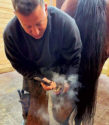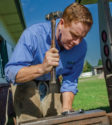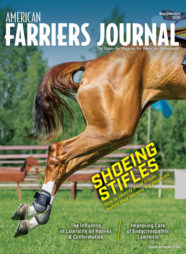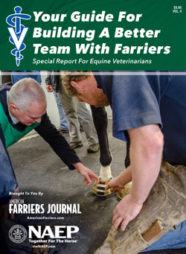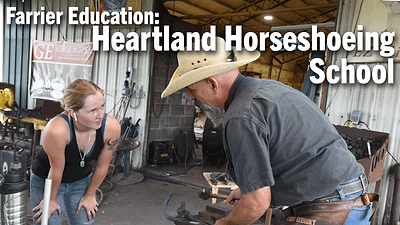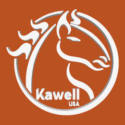Advertise Follow Us
Special Report For Equine Veterinarians
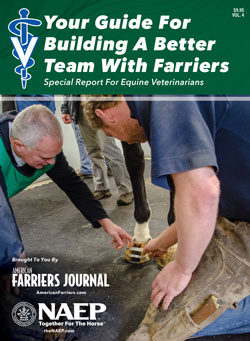
View Archived Issues
Your Guide For Building A Better Team With Farriers 2022
Volume: 4
American Farriers Journal is the “hands-on” magazine for professional farriers, equine veterinarians and horse care product and service buyers.
-
Table of Contents
Table of Contents
-
Digital Edition
Digital Edition
Special Report For Equine Veterinarians 2022 Digital Edition
Your Guide For Building A Better Team With Farriers, Vol. 4Read More


